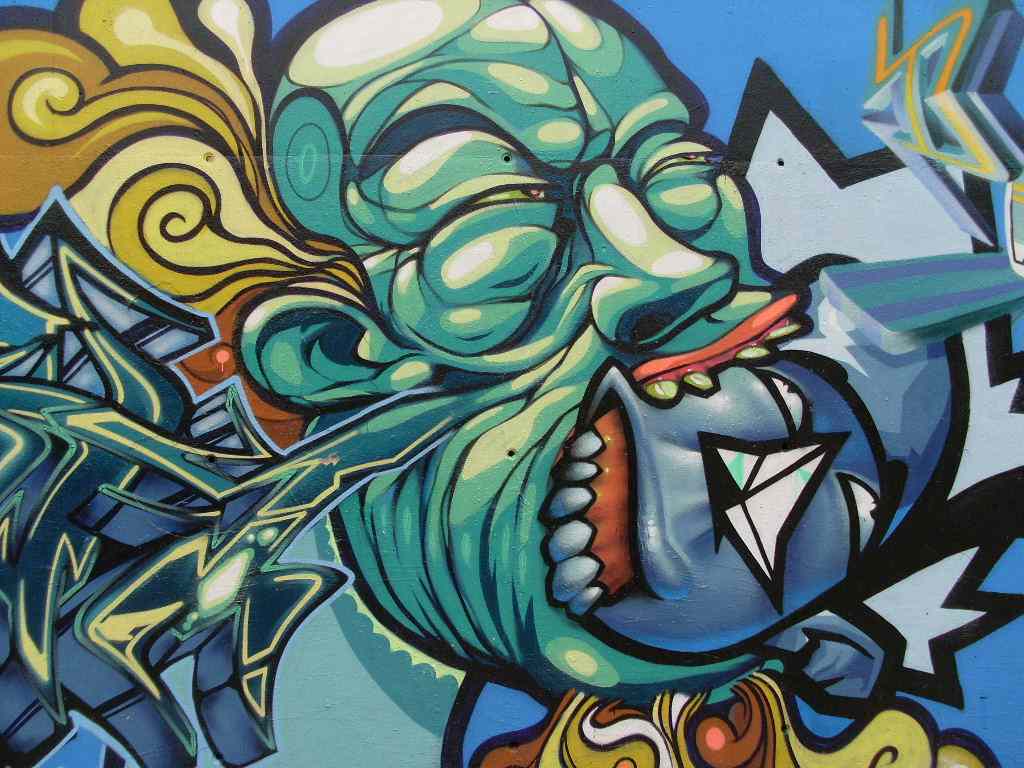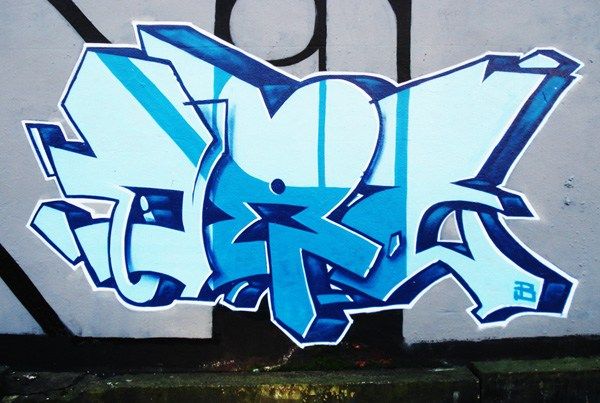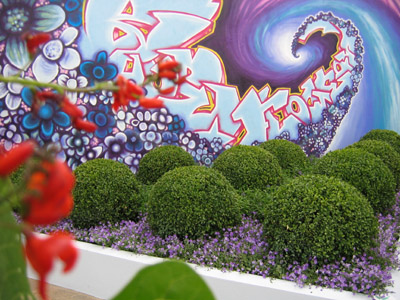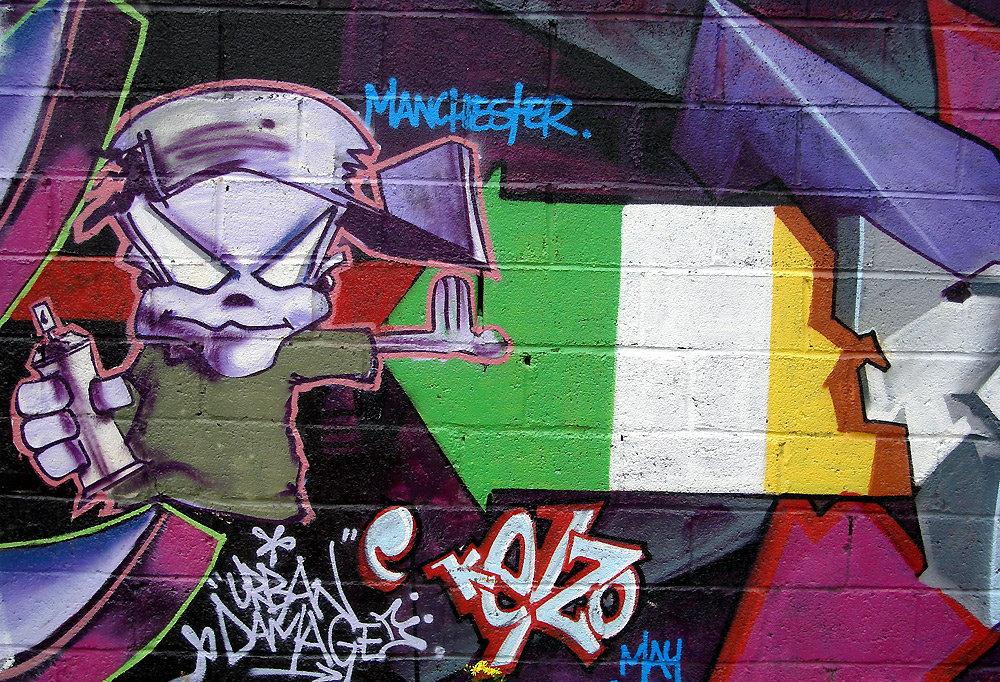Fashion illustrators, in general, work very closely with fashion designers and art directors to create artistic visual images, which are basically sophisticated, and elegant drawings aimed to represent a particular clothing line. A fashion illustrator is technically a graphic designer who creates integrated in print ads, television commercials, and online advertisements. They have to create designs for garments, shoes, fashion accessories, and other apparels, and to actualize the vision of the fashion designers by illustrating the actual design plan. They have to create sketch drawings and layouts that will be used in catalogs, magazines, brochures, flyers, commercials and other advertising media, which communicate fashion ideas. Often seen as a showcase relationship for a design studio, the seasonal nature of the end product provides a limitless testing ground for new ideas and innovative production solutions.
Ren� Gruau
Gruau worked for many patrons including Balmain, Givenchy, Schiaparelli, Jacques Fath and Edward Molyneux, and also for suppliers of top-quality textiles, cars and brandy. He did ballet sets and costumes. . In 1940, he settled in Lyon, and his drawings of elegant women, in bold, rhythmic, colorful designs were published in magazines such as Marie Claire, Femina, L'Officiel and Le Magazine de Figaro. During the long period spanning between 1946 to 1984 he collaborated with the magazine International Textiles. and from 1955 onwards, he turned to fashion advertising through photography of fashion accessories, gloves, perfume, cosmetics, lingerie,fabrics and so on. But, above all, it was Gruau's creative collaboration with Christian Dior, starting with Dior's New Look in 1947 and terminating in the late 1990s, that critically influenced his work and his reputation.
According to the fashion designer John Galliano; Gruau "captured Dior's style and spirit better than any other because he understood his long-term friend... for me a Gruau sketch captures the energy, the sophistication and daring of Dior, and equally is testimony to an enduring friendship." He was inspired by the Japanese kabuki theater, and woodcuts, which influenced his motif on a ground of flat tone, using broad, flowing brushstroke, pen, Indian ink and gouache. In 1989, a Ren� Gruau Exhibition was held at the Mus�e du Costume at the Palais Galliera in Paris. His work is in national museums and galleries, including the Louvre, as well as in numerous private collections. He died in 2004.
Ert� - Romain de Tirtoff
Ert� was born Romain de Tirtoff in 1892 to a wealthy family in St. Petersburg , Russia. His father was an Admiral in the Imperial Russian Navy, but despite the tradition of the Russian military he did not like to follow his father profession. As a young boy, he was fascinated by the Persian miniatures he found in his father's library and he became interested in graphic design and fashion. The impact of the exquisite art of the Persian miniatures with their vibrant colors and sophisticated ornamental designs stimulated Romain's artistic talent and continued to be an important inspiration source for him, influencing the development of his style. He designed his first costume at the age of 5 and then moved to Paris in 1912 at the age of 18.
In Paris he assume the name of Ert�, from the French pronunciation of his initials, R and T, and apprenticed beside Parisian designer Paul Poiret as a graphic designer for fashion, learning the art of couture. His long relationship with Harper's Bazaar, began in 1915, where he created over 240 covers for the magazine. During the 1920s, Ert� became a renowned fashion designer whose work also appeared in many other publications. His designed the dresses of many film actresses such as Joan Crawford, Lillian Gish, Marion Davies, Anna Pavlova, Norma Shearer and others. He also designed costumes and sets for New York�s Radio City Music Hall, the Casino de Paris and the Paris Opera, as well as for the Folies-Berg�res and George White�s Scandals. In 1976 the French government awarded him the title of Officer of Arts and Letters, and in 1982 he was awarded the Medaille de Vermeil de la Ville de Paris. His work is in many prominent museums, including the Metropolitan Museum of Art in New York, the Los Angeles County Museum, the Smithsonian Institution in Washington, D.C., and the Victoria and Albert Museum in London. He died in 1990, at the age 97.
Samson And Delila
Hera
Zeus
Antonio Lopez
Antonio Lopez was born in Utuado, Puerto Rico in 1943. His family migrated to New York, when he was only seven years old. Antonio attended Public School 77 on East 104th Street. Noticing his artistic talent, his mother, a seamstress, asked him to draw flowers for her embroideries, he also helped his father, a mannequin maker, to apply make-up and stitch the wigs on the figures. He wanted to become become a dancer, and he participated in a number of children's TV programs, but when at the age of twelve he was awarded a scholarship to the Traphagen School of Fashion, he concentrated on graphic design, and he was encouraged by his art teacher to attend the High School of Art and Design (formerly High School of Industrial Arts), part of the New York City school system. After graduation he entered the Fashion Institute of Technology (FIT), to embark on a career in fashion illustration.
Lopez participated in a work-study program at FIT, which offered opportunity to work for Fairchild Publications. Soon his impressive talent in drawings of women was noticed by the editor of the Women's Ware daily and he was asked to view and draw the new season's Lilly Dache collection, and the paper choose one of his drawings on the front page. The paper offered him a job and Lopez left school and joined the paper. Six months later he was offered a position at the New York Times where, he got the opportunity to work with fashion editors Patricia Peterson and Carrie Donovan, who introduced him to various artistic movements.
Lopez began to work as a freelance for, Vogue, Harper's Bazaar, Elle, and Andy Warhol's Interview, during the early 1960s and in 1964, introduced himself to couturier Charles James in a New York restaurant. James and Lopez collaborated for more than ten years and he produce an illustrated record of all the clothes James had ever designed. James taught Lopez to appreciate the sculptural quality of clothes, a perspective that had a lasting effect on his drawings. In 1969, Lopez and his business partner Juan Ramos, a friend from FIT moved to Paris, where they remained for seven years. Working with designer Karl Lagerfeld and a group of models and fashion personalities they introduce American Pop Art to Paris. By the early 1970s, he became a prominent figure in the fashion industry, and his career took him to Tokyo, Kyoto, Milan, Sidney, Melbourne, and other international metropolises. Lopez signed his work simply Antonio, and worked in a variety of materials, including pencil, pen and ink, charcoal, watercolor, and Polaroid film. As well, he designed jewelry and conceptual art; such as window displays for Fiorucci and Studio 54. He died of complications related to AIDS on March 17, 1987. He was forty-four years old.
Tony Viramontes
Vremonte's female characters, imbued with strength and self confidence, exhibited a dominating presence, and despite their brutish looking demeanor and smouldering and smokey-eyed, had something humane about them. As a graphic designer, he considered himself as an artistic creator and did not like the label of an illustrator. Despite his early demise at the age of 28, Viramontes was a designer ahead of his time spending his short life observing and depicting the absurdity of social norms, and human reaction with a sense of humor, bewilderment and fantasy. As well as creating portraits of Paloma Picasso and Diana Ross, he also conceived album covers for the renowned artists such as Duran Duran, Donna Summer and Janet Jackson , perfectly catching the mood of the 1980s.
Tony Viramontes was interested in exploring and mastering various techniques, media, and styles. He experimented with direct sketches, supple drawings and colored compositions, as well as with video, painting, photography with collage and felt tip market pens over photographs. �I look for new ideas because I always want to be in a state of creative anxiety and insecurity. If I feel sure of myself I cannot be creative� he said. He died in Los Angeles in 1988 � an early victim of the AIDS epidemic. Among his last projects was the supervision of a dazzling monograph -- that would be published posthumously in Japan.
Joe Eula
Joe Eula was born in Norwalk, Connecticut, in 1925, the second of four children. He was only two years old when his father died, and Lena, his mother, supported the family by running a grocery shop. He graduated from high school in 1942, and with the onset of the WWII, he served in the ski-borne 10th Mountain Division in Italy, for which he was awarded the Bronze Star. After the war he entered the Art Students League at Manhattan and had his first illustrations published in Town & Country magazine and then produced drawings for Saks Fifth Avenue. His career started with The New York Herald Tribune in the late 1940's, when he and Eugenia Sheppard covered the fashion and social events columns. Elua then went to London and worked with Ernestine Carter doing the same for the Sunday Times. He also created eye-catching posters for Broadway shows and portraits for many celebrities, including Miles Davis, Marlene Dietrich, Diana Vreeland and later the Supremes and Liza Minelli.
Elua's dynamic impressionistic watercolours capture the essence of a designer's collection far more effectively than the standard catwalk photographs. He said of his style; "I was considered the fastest pencil in the field, a mannequin need only do her turn down the catwalk at a fashion show, and voila - an illustration." his work, in ink and charcoal, was distinguished by a light, zippy hand and a natural sense of female movement and how clothes can work both with and against the body. He returned to the US in the 1960's, and shared a studio with photographer Milton Greene, collaborating on covers, news and fashion stories for Life Magazine. Their partnership ended in 1968, after which Eula designed sets and costumes for the New York City Ballet, which was under the direction of George Balanchine and Jerome Robbins.
He also worked very extensively with the designer Halston for many years. He won a Tony award for his work on the Broadway production of "Private Lives" in 1968. In the 70's, he moved into television, directing "fashion specials" for movie stars such as Lauren Bacall and Candice Bergen. Joe contributed a great many illustrations for American Vogue. Later in the 1970's, he assisted Diana Vreeland, who was appointed head of the Costume Institute of the Metropolitan Museum of Art, in New York in 1971. In 1979, Joe Eula signed an exclusive contract with Italian and French Harper's Bazaar, for fashion illustrations. In the 1980's, he handled the fashion illustration for such houses as Missoni Knitwear, Chanel, Givenchy, Versace, Karl Lagerfeld, Yves St. Laurent and many others.
From the 1980s onwards until the year he died, Eula spent most of his time at home in the Hudson Valley designing new creative art including a line of chinaware for Tiffany based on flowers and animals, and drew his last series of fall design for The New York Times in August 2004. He died on October 27, 2004, aged 79.
Co to the next chapter; Chapter 35 - Grafitti and Street Art
References
Jo�lle Chariau (ed.): Ren� Gruau. Schirmer/Mosel, Munich, Germany 1984 (ISBN 3-88814-229-6).
------------------------------------------------------------------------------------
This work is licensed under a Creative Commons Attribution-No Derivative Works 3.0 Unported License.


























































